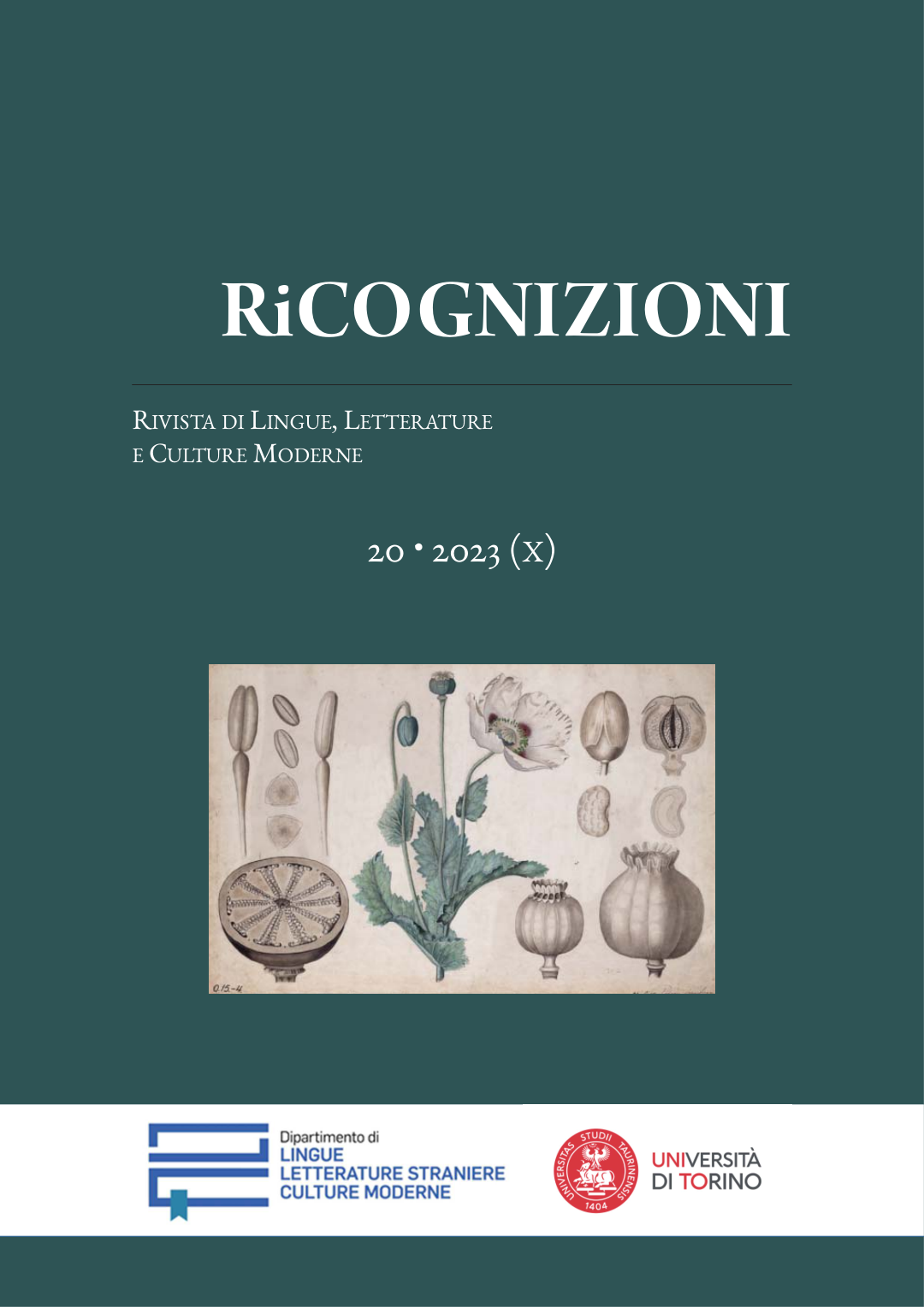Mozart in the East
DOI:
https://doi.org/10.13135/2384-8987/8669Parole chiave:
Mozart, Orientalism, Art musicAbstract
The aim of this paper is to highlight an aspect of Mozart's production that has long been neglected by contemporary musicology: the strong influence of Orientalism in some of the composer's works. After a brief focus on musical antecedents related to Orientalism, mostly composed in France, Austria and Germany, we will then examine four of Mozart's most famous works in more detail: the Violin Concerto in A major K219, the Piano Sonata in A major K331 and the two renowned Singspiele: Die Entführung aus dem Serail K384 and Die Zauberflöte K620. For each of these works, all of them replete with Turqueries and exotic elements, different aspects will be examined with the aim of providing a multifaceted review of the main manifestations of Orientalism in European musical production of the 18th century. It is worth clarifying that what will be examined constitutes the original core of a series of elements that, in Art music production of the following centuries, will become a compositional norm with explicit reference to the Middle East, although derived from cultural and musical stereotypes. Furthermore, when discussing the East in a musical context, we do not refer to well-defined geographical and cultural boundaries. In this paper, we will also offer a brief analysis of this highly stereotyped and antithetical Eastern world, from a perspective strictly linked to the musical context, but one whose influences also partially extend to literature and visual arts.
##submission.downloads##
Pubblicato
Come citare
Fascicolo
Sezione
Licenza
Gli autori che pubblicano su questa rivista accettano le seguenti condizioni:- Gli autori mantengono i diritti sulla loro opera e cedono alla rivista il diritto di prima pubblicazione dell'opera, contemporaneamente licenziata sotto una Licenza Creative Commons - Attribuzione che permette ad altri di condividere l'opera indicando la paternità intellettuale e la prima pubblicazione su questa rivista.
- Gli autori possono aderire ad altri accordi di licenza non esclusiva per la distribuzione della versione dell'opera pubblicata (es. depositarla in un archivio istituzionale o pubblicarla in una monografia), a patto di indicare che la prima pubblicazione è avvenuta su questa rivista.
- Gli autori possono diffondere la loro opera online (es. in repository istituzionali o nel loro sito web) prima e durante il processo di submission, poiché può portare a scambi produttivi e aumentare le citazioni dell'opera pubblicata (Vedi The Effect of Open Access).








